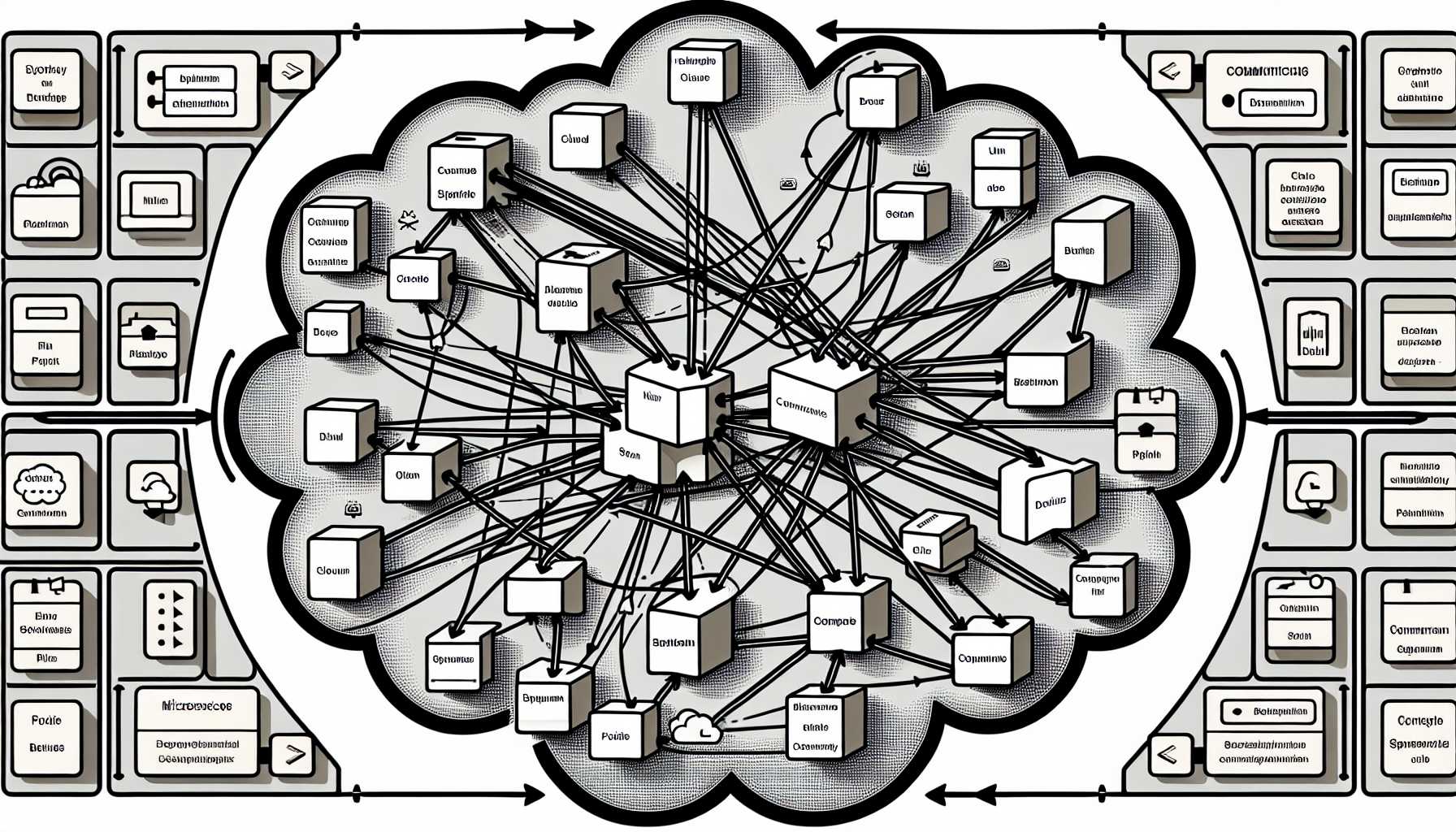Welcome back to the arena where seasoned product managers converge to grapple with the real, pressing issues of our craft. Today, we dissect a fundamental yet complex aspect that often becomes a riddle for even the most experienced among us: scalability and infrastructure challenges.
As products grow, scalability is not just a feature; it’s a necessity. Infrastructure challenges become more intricate, and a product manager’s ability to navigate these waters can make or break the product’s success. Let me share with you some of the frameworks, industry comparisons, and personal experiences that can illuminate the path of scaling your tech marvel.

Understanding the Terrain: Why Scalability is Critical
Scalability is the product’s capability to handle increased loads without compromising performance. It encapsulates not only the system’s technical performance but also its maintenance costs, and the user experience it delivers. In my tenure, I’ve seen great products falter under the weight of their own success due to poor scalability planning.
Frameworks to Address Scalability
Critical to any scalability strategy is the adoption of robust frameworks. One such pillar is the Scalability Triangle, which consists of three components: Load Scalability, Geographical Scalability, and Administrative Scalability.
- Load Scalability: Refers to the system’s ability to perform under increased or expanding workloads.
- Geographical Scalability: The system’s capacity to remain fully functional regardless of geographical spread. This aspect considers network latency and data replication across different regions.
- Administrative Scalability: The ease with which your system can be managed, monitored, and maintained as it grows.
These components drive the multi-dimensional scaling strategy. I’ve personally leaned on this triangle to audit existing products or forecast new developments, and it’s proven to be an invaluable heuristic.
Confronting the Infrastructure Labyrinth
Infrastructure forms the backbone of any product. As your user base grows, your infrastructure must evolve. The question is no longer if but how to scale.
Vertical vs. Horizontal Scaling:
In the early stages of one of my product assignments, we faced the classic dilemma: should we scale up (vertical) by adding more power to our existing servers, or scale out (horizontal) by adding more servers? Vertical scaling is akin to upgrading to a more powerful engine, but it has clear limitations and can become cost-prohibitive. Horizontal scaling, on the other hand, involves adding more engines, which is more flexible and can be more cost-effective in the long run. We opted for horizontal scaling. The flexibility allowed us to adjust our server fleet based on real-time usage data, effectively managing cost and performance.
The Elasticity of Cloud Solutions:
Cloud solutions offer a high degree of elasticity which is particularly advantageous for scalability. I remember migrating a product to AWS; we utilized services like EC2 and RDS, which allowed us to adjust resources with the ebbs and flows of user demand. The auto-scaling feature was a game-changer, automatically adjusting computing capacity in response to traffic fluctuations.
DevOps as a Cultural Revolution:
Infrastructure challenges aren’t just technical; they’re cultural. Implementing a DevOps culture was transformative in my experience. It bridged the gap between development and operations, ensuring that scalability was a shared responsibility. Continuous integration and continuous delivery (CI/CD) pipelines became our lifeline for addressing infrastructure challenges swiftly.
Lessons from the Trenches
During one high-stakes product scale-up, we encountered an unexpected pitfall. It wasn’t a server issue nor a bandwidth problem, but a database lock that caused significant performance bottlenecks. It was a stark reminder that scalability extends beyond the obvious horizontal and vertical expansion; it’s about continually monitoring overall system health and being prepared for unforeseen confines.
This predicament led us to adopt a microservices architecture, decomposing our monolithic application into independent components. This represented not just a technological shift, but a philosophical one too. Each team focused on their service, ensuring scalability, maintainability, and faster deployments.
Another major learning came during a period of explosive user growth, which required a shrewd analysis of data storage and management. By leveraging NoSQL databases and investing in data lakes, we were able to manage unstructured data far more effectively and prepare for future scalability demands.
Embedding Scalability in the Product Lifecycle
Product managers should treat scalability as an integral part of the product lifecycle, not merely a problem to solve post-launch. It’s essential to estimate the system’s limits early, employ scalable design patterns and architectures, and incorporate feedback loops for continuous iteration. When scalability considerations permeate the product strategy, architecture, and operations, the product stands a far better chance of thriving in the wild.
To encapsulate, whether you’re embarking on a new product journey or steering an established product through growth spurts, always seek to understand the scalability implications fully. Infuse it into your product DNA, making it a core characteristic rather than an afterthought.
I welcome you to share your experiences, insights, or questions on navigating the scalability landscape. Let’s cultivate an environment where the art of scalability is mastered and shared. Until the next post, keep scaling new heights!
